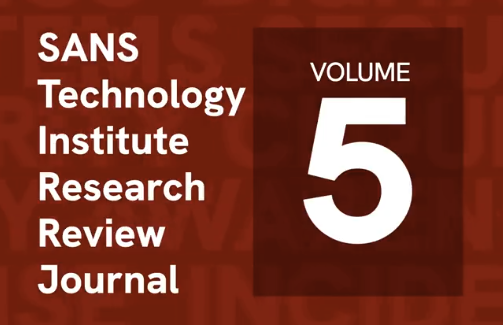Wireshark 4.6.2 Released
Wireshark release 4.6.2 fixes 2 vulnerabilities and 5 bugs.
The Windows installers now ship with the Visual C++ Redistributable version 14.44.35112. This required a reboot of my laptop.
Didier Stevens
Senior handler
blog.DidierStevens.com
Keywords:
0 comment(s)
×
![modal content]()
Diary Archives


Comments